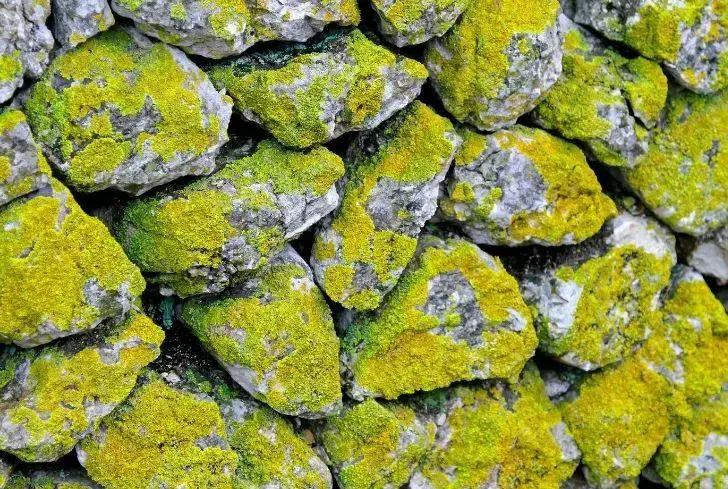
photo-moss-wall.jpg from: https://www.conserve-energy-future.com/grow-moss-on-stone.php
Discovering the Wonders of Archidium wattsii: A Tiny Moss with a Big Story
Introduction
Have you ever stopped to admire the tiny, unassuming mosses growing on rocks or tree trunks? These ancient plants are easy to overlook, but they play important ecological roles. Today, we’ll take a closer look at one fascinating moss species:
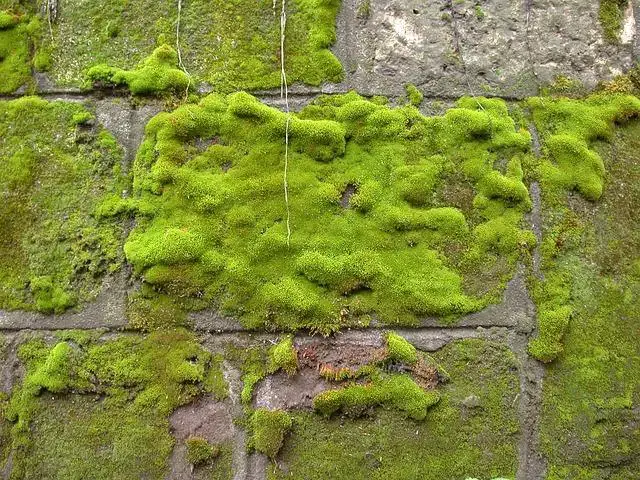
moss-457387_640.jpg from: https://morningchores.com/types-of-moss/
Archidium wattsii (Broth.) I.G.Stone
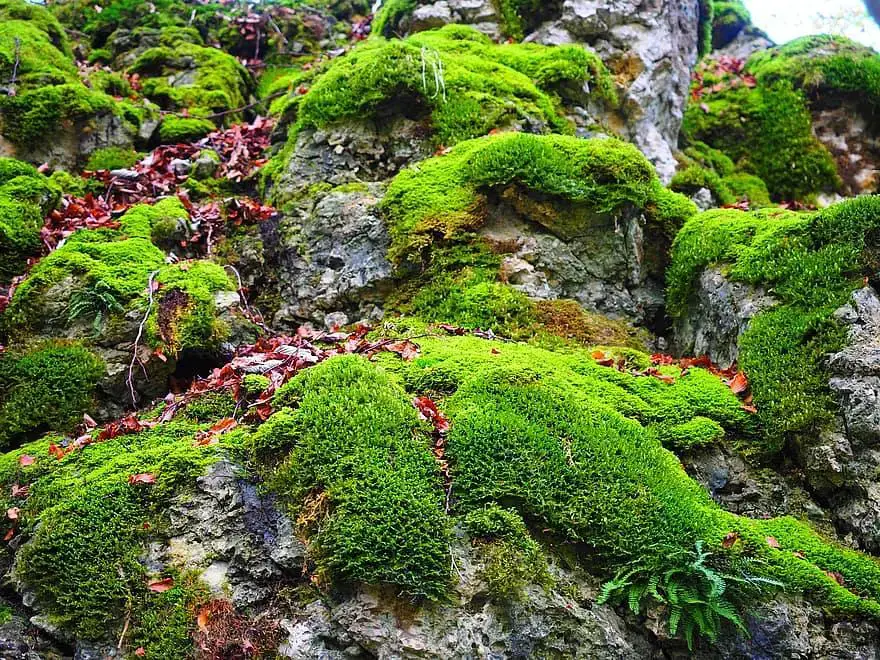
stone-moss-bemoost-green-overgrown-of-course-forest-forest-floor-rock.jpg from: https://www.pikist.com/free-photo-xxweq
, also known simply as Archidium. This diminutive moss belongs to the Archidiaceae family and has some remarkable adaptations. Let’s dive in and learn more about this marvelous miniature plant!
Background on Mosses
Before we focus on A. wattsii specifically, let’s review some moss basics. Mosses are non-vascular plants in the division Bryophyta. Unlike other land plants, they lack true roots, stems, and leaves. Instead, they have root-like rhizoids, a stem-like structure called a caulidium, and leaf-like phyllids. Mosses reproduce via spores rather than seeds and require water for sexual reproduction. There are over
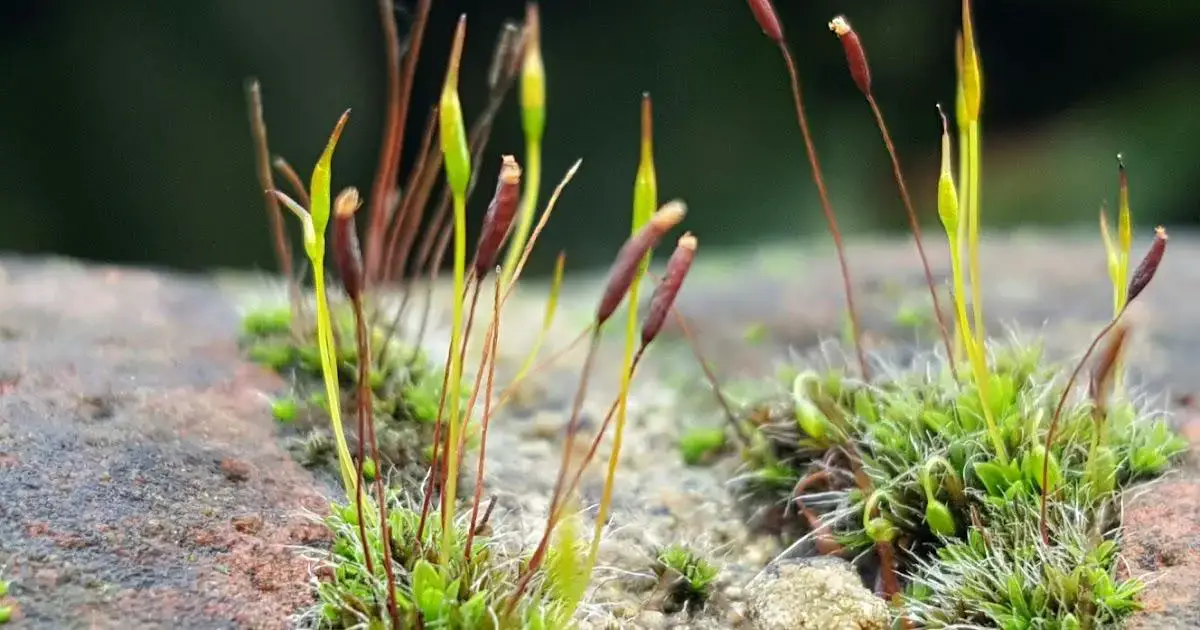
20160104_135439_resized.jpg from: http://mossplants.fieldofscience.com/2016/02/identifying-mosses-with-only-photo.html
12,000 moss species worldwide, found in diverse habitats from the arctic to the tropics.
Morphology and Identification

moss-stone-covered-near-creek-woods-33942052.jpg from: https://www.dreamstime.com/stock-photography-moss-stone-covered-near-creek-woods-image33942052
Archidium wattsii is one of the smallest mosses, with individual plants measuring just 1-3 mm tall. Its phyllids are minute, only 0.2-0.5 mm long, and broadly lance-shaped. The caulidia are sparsely branched. One of its most distinctive features is the large, spherical capsule that develops after sexual reproduction. The capsule contains the spores and, in A. wattsii, is 0.5-1 mm in diameter, which is proportionally very large compared to the size of the plant. Capsules are held on a short seta (stalk) and lack a peristome (toothed structure around the capsule mouth).
Global Distribution and Habitat
A. wattsii has a scattered global distribution, with records from Australia, New Zealand, Africa, and the Americas. It typically grows on disturbed or exposed soil, such as along trails, roads, and stream banks. The species is able to colonize bare ground and tolerate periodic desiccation. In Australia, it is widespread but rarely abundant, found in coastal and near-coastal areas from Queensland to Tasmania.
Ecological Roles and Adaptations
Like other mosses, A. wattsii plays an important role in nutrient cycling, moisture retention, and erosion control in the ecosystems where it grows. Its ability to colonize bare soil helps stabilize disturbed areas and pave the way for other plants to establish.
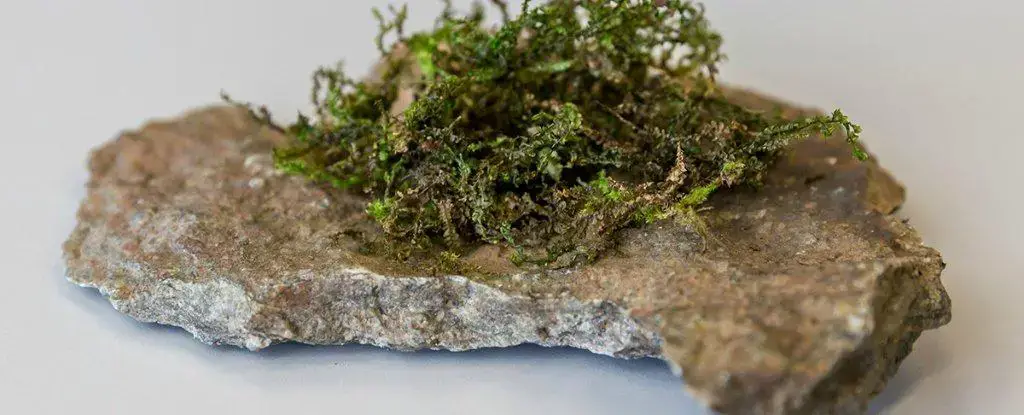
20181023_UniBE_Radula_LiverwortStefan_Fischer_1200p_ger_1024.jpg from: https://www.sciencealert.com/moss-plant-liverwort-contain-substance-thc-cannabis-pain-relief-inflammation
The species has several adaptations that allow it to thrive in its niche:
- Desiccation tolerance: A. wattsii can survive extended dry periods by entering a dormant state and rapidly rehydrating when moisture is available again.
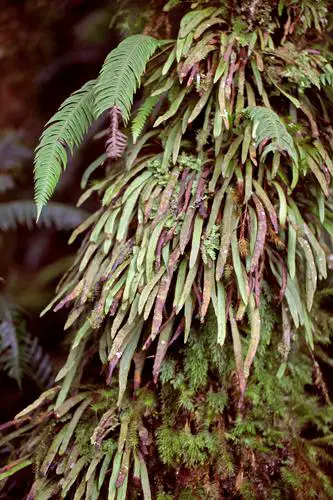
medium.jpg from: https://www.inaturalist.org/taxa/502923-Grammitis-wattsii
- Large spore capsules: The oversized capsules produce abundant spores, enabling effective dispersal to new locations.
- Asexual reproduction: In addition to sexual reproduction, A. wattsii can also spread vegetatively via structures called gemmae. This allows populations to expand locally.
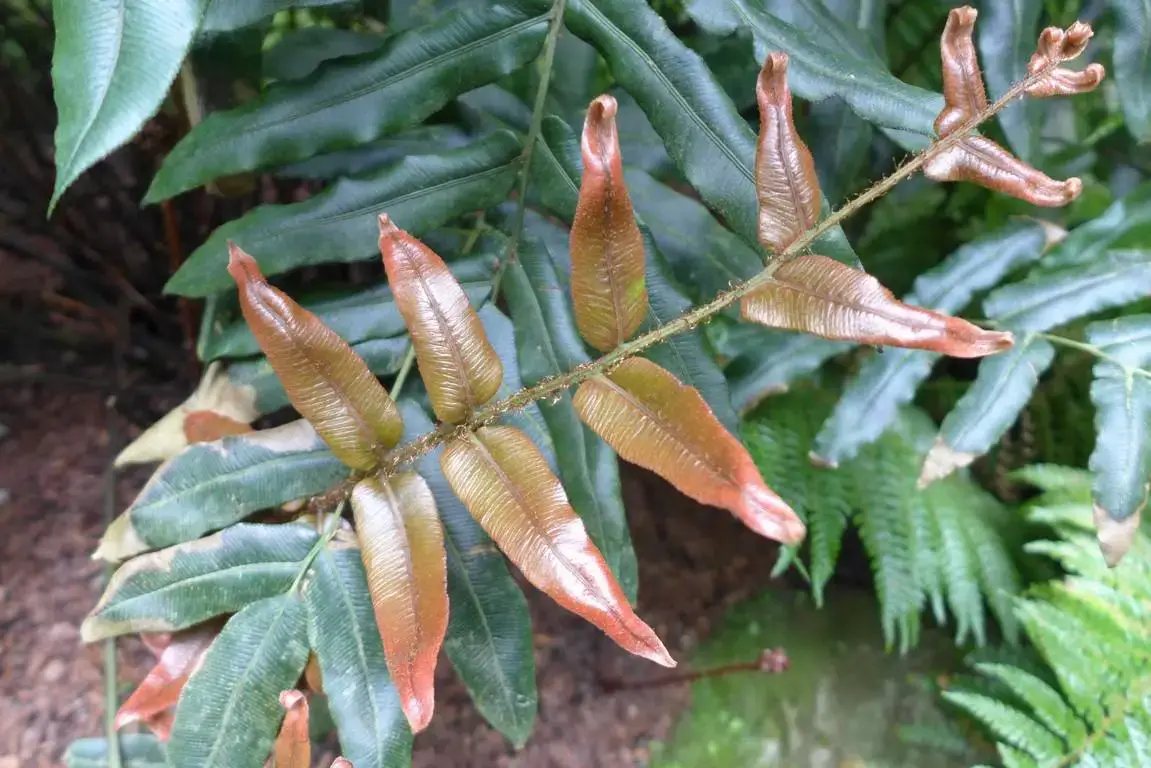
blechnum-wattsii1.jpg from: https://naturanaute.com/2015/10/19/southern-hemisphere-in-scotland-benmore-botanic-garden/blechnum-wattsii/
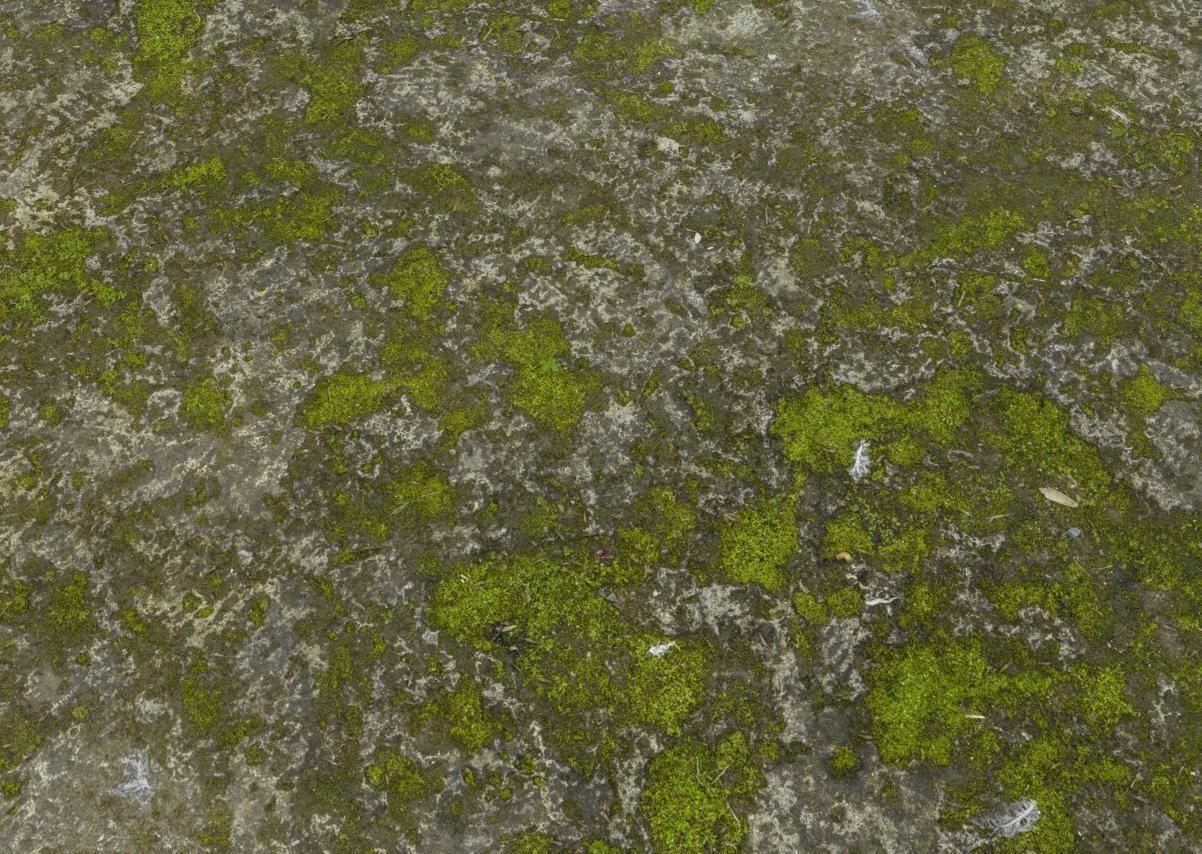
stone-moss-3d-model-sbsar.jpg from: https://www.cgtrader.com/3d-models/textures/natural/stone-moss-7dc80312-0a9d-4e1f-ba50-82273ba6ae19
| Trait | Description |
|---|---|
| Plant size | 1-3 mm tall |
| Phyllid size | 0.2-0.5 mm long |
| Capsule diameter | 0.5-1.0 mm |
| Habitat | Disturbed soil |
| Distribution | Scattered worldwide |
Conclusion
The tiny but mighty
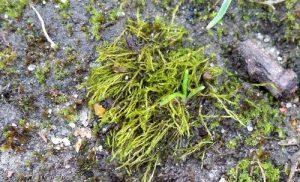
medium-7098-300×182.jpg from: https://plantdollar.com/plant/archidium-alternifolium/
Archidium wattsii is a fascinating example of the incredible diversity within the world of mosses. From its minute stature to its globe-spanning distribution and important ecological roles, this unassuming species has a big story to tell. Next time you’re out for a hike, keep an eye out for this pint-sized pioneer on the trail! What other small wonders of nature have you discovered by looking a little closer?